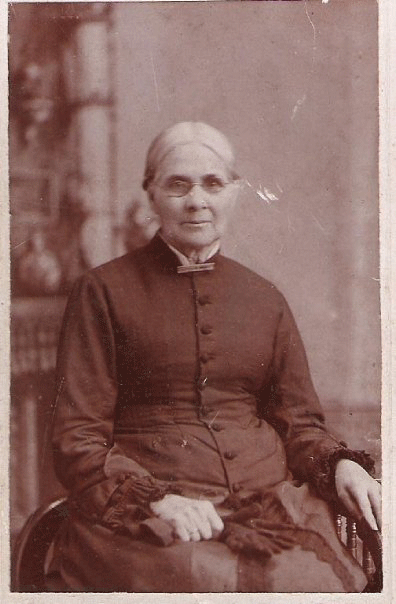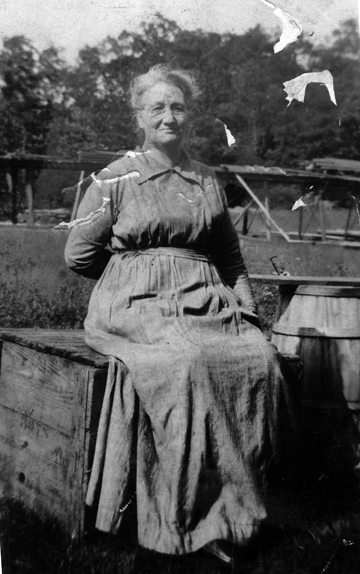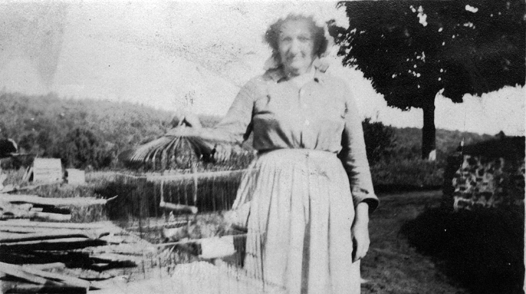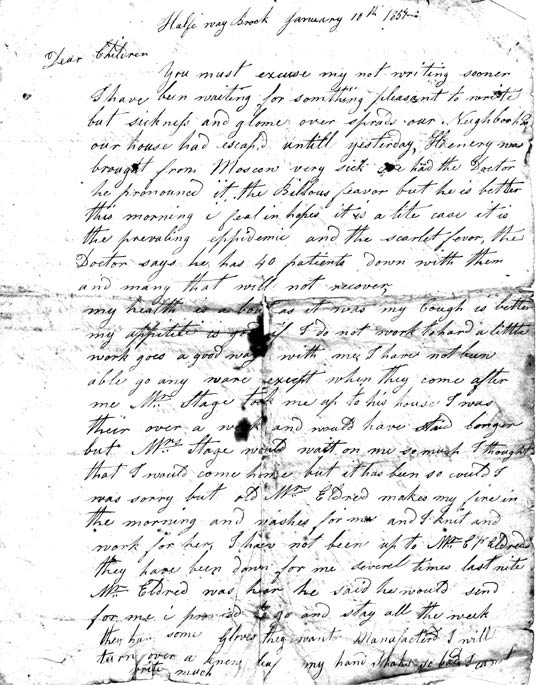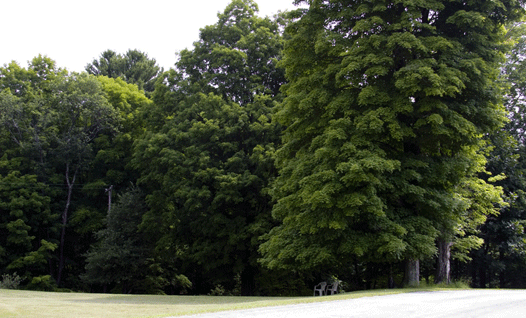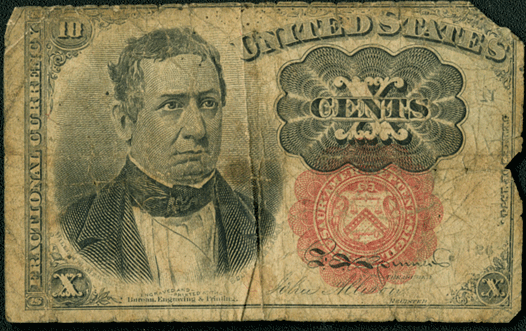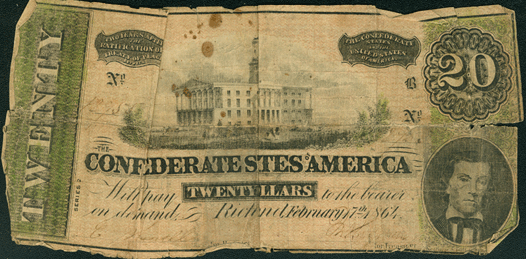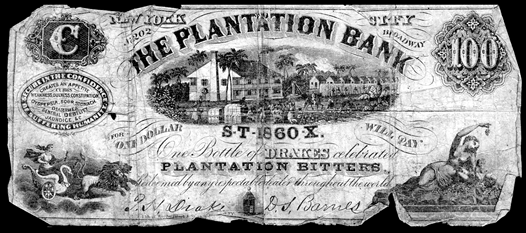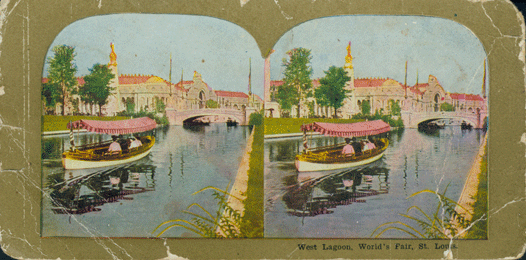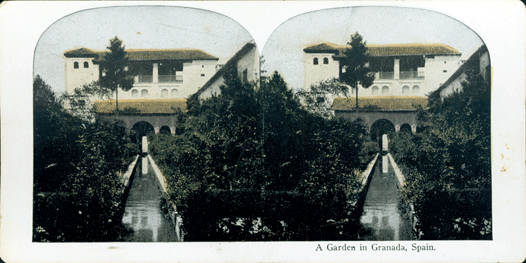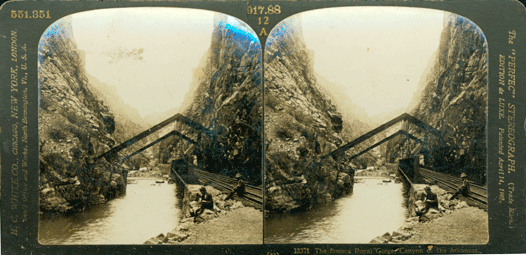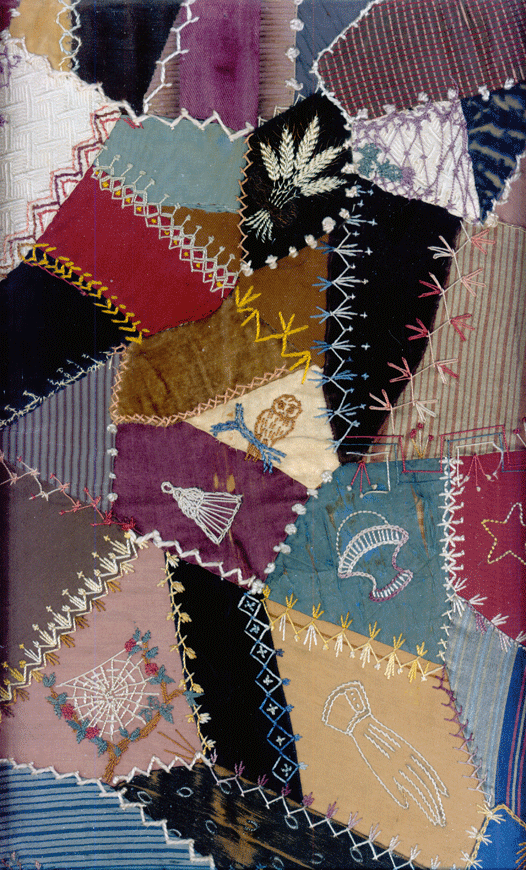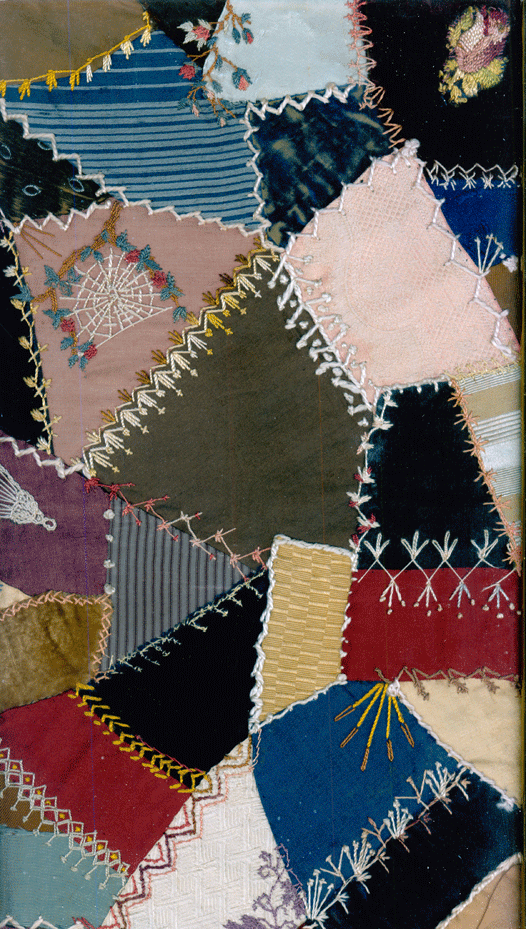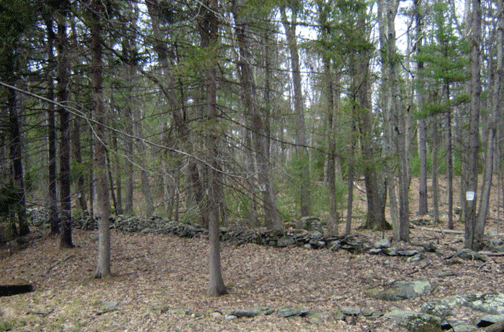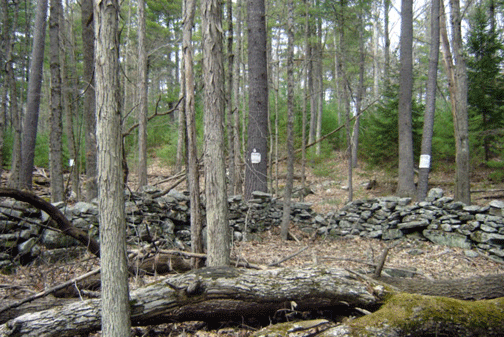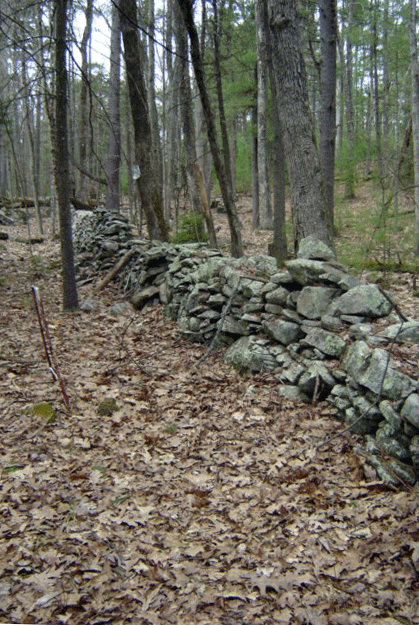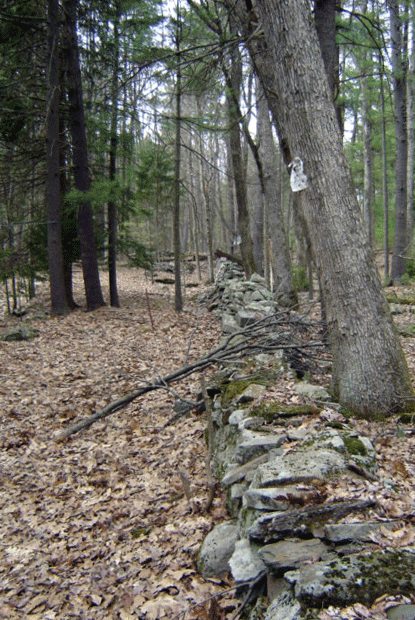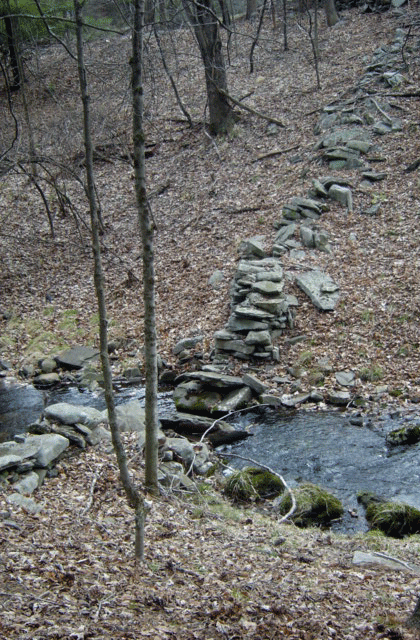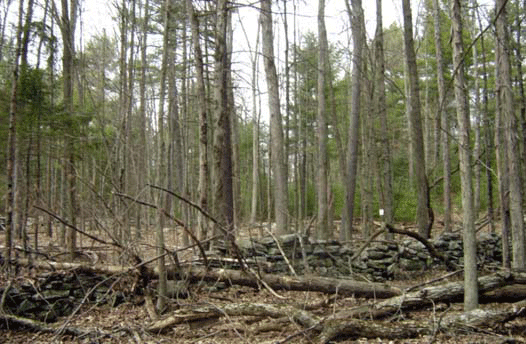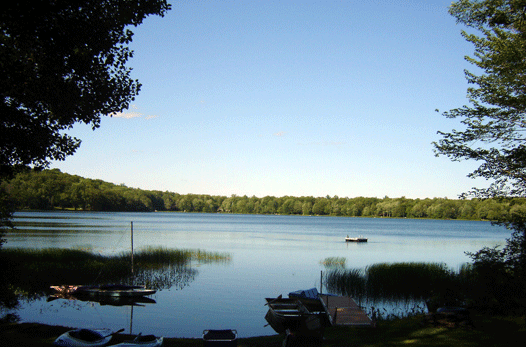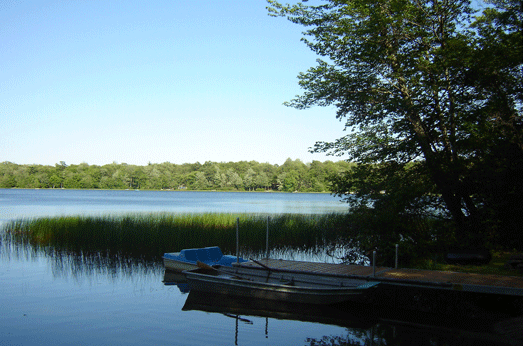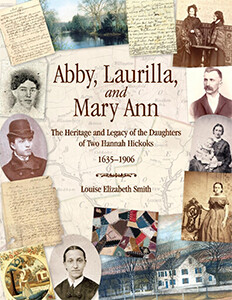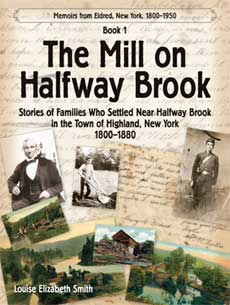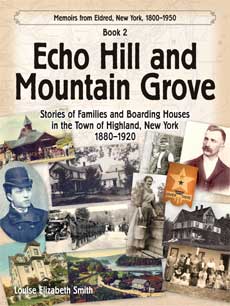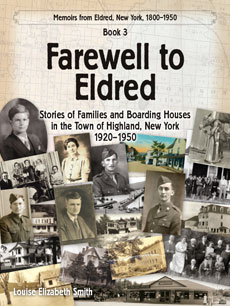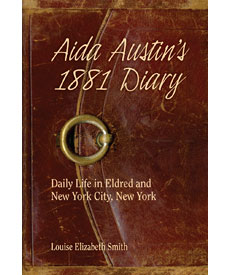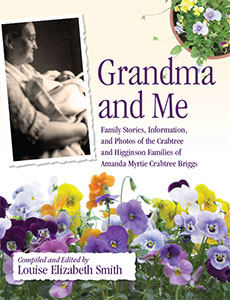Chapter 8, Letters from a Soldier, lists some of the men of the Town of Highland, New York, that fought in the Civil War. A number of the men are mentioned in Sherman S. Leavenworth’s letters home.
56th Regiment
July 16, 1861
George Eldred, 25, enlisted at Newburgh, to serve three years; mustered in as a sergeant, Co. B; discharged for disability, November 2, 1863, at Beaufort, S.C., 56th Regiment Infantry.
Ira Austin, 20, enlisted, at Newburgh to serve three years; mustered in as private, Co. B, August 17, 1861; re-enlisted as a veteran, February 29, 1864; mustered out with company, October 17, 1865, at Charleston, S.C., 56th Regiment Infantry.
August 3, 1861
Sherman Leavenworth, 18, enlisted at Newburgh, to serve three years; mustered in as private, Co. B, August 17, 1861; re-enlisted as a veteran, February 29, 1864; promoted to corporal, July 13, 1864; mustered out with company, October 17, 1865 at Charleston, S.C., 56th Regiment Infantry.
March 30, 1864
Hezekiah Leavenworth, 18, enlisted at Deerpark, to serve three years; mustered in as private, Co. B, March 30, 1864; died of chronic diarrhea, April 25, 1865, at Sparrowbush, N.Y., 56th Regiment Infantry.
Continue reading →

